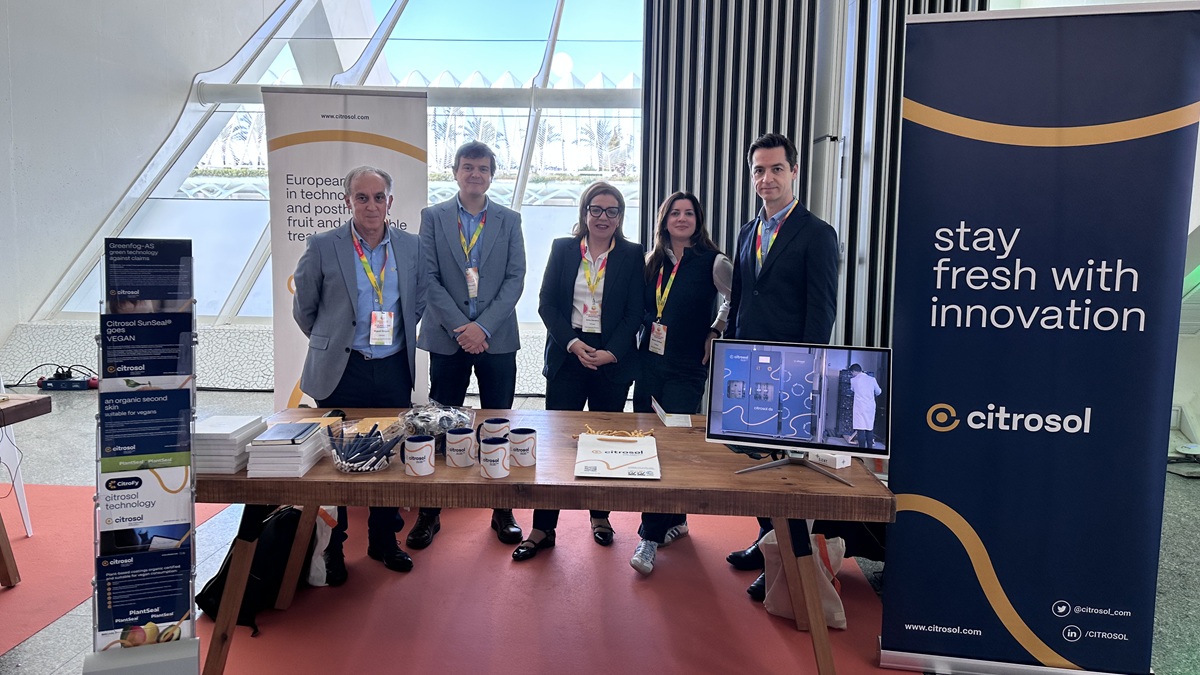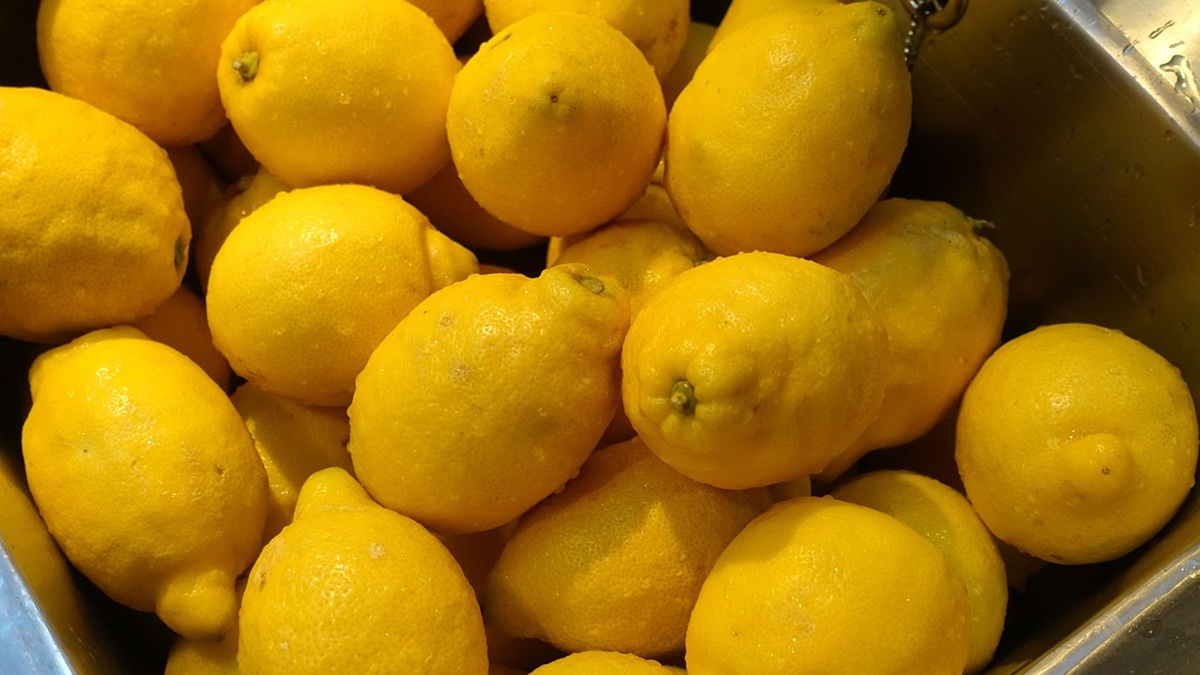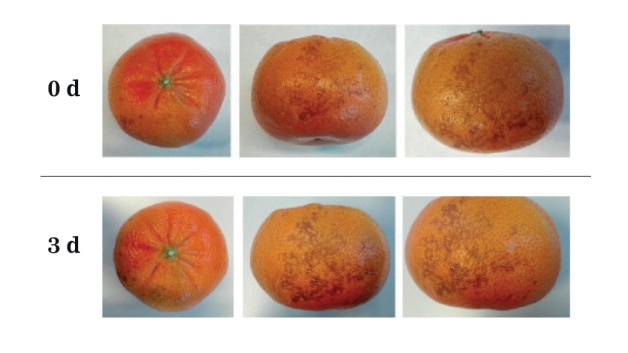Phytosanitaries
Solving the problem of Propiconazole residues on fruit
Over the last 8-9 years, Propiconazole has been widely used in the postharvest treatment of citrus fruit, although, thanks to our Vertido Cero® technology, we have not needed to include it in CITROSOL treatments. Citrosol developed a methodology which avoids the problem of Propiconazole residues that are becoming manifest in the packing houses that have been using it.
16 December, 2020
Over the last 8-9 years, Propiconazole has been widely used in the postharvest treatment of citrus fruit, although, thanks to our Vertido Cero® technology, we have not needed to include it in CITROSOL treatments. Citrosol developed a methodology which avoids the problem of Propiconazole residues that are becoming manifest in the packing houses that have been using it. Following the withdrawal of the authorization of Propiconazole within the EU, the European Commission has notified the World Trade Organization of the modification of the Maximum Residue Limits (MRLs) of this fungicide, adjusting it to the value of the limit of its detection (0.01 mg/kg). The proposed date for the new MRLs entry into force is August 2021. This may generate a significant problem as Propiconazole is a very persistent fungicide that heavily contaminates crates, pallets and other surfaces that will come into contact with the fruit and be transferred to it, even long after its use has been terminated. To add to that problem, Propiconazole contaminated crates and pallets pass into the drencher solution during the fruit washing process. Its accumulation in that solution is directly proportional to the number of pallets drenched. In one of the situation diagnoses undertaken to remedy this problem, we were able to clearly establish this transfer mechanism. As can be seen in the graph, when pallet 20 was drenched we were, at that point, detecting 1.79 ppm of Propiconazole in the solution. When we reached the last pallet of the day 4.66 ppm had accumulated. In a subsequent test, treating fruit with the drencher solution from the end of the work day, we verified how Propiconazole transferred to the fruit in this case lemons cv Verna leaving a residue of 0.014 ppm which would exceed the new MRL for Propiconazole when use of this fungicide is no longer permitted. Citrosol has been working for the last two years on the cleaning of the different elements of the plant to eliminate the accumulations of Propiconazole and, in consequence, avoid contamination of the fruit by Propiconazole being transferred to it. We have approached the problem from two angles: first, the diagnosis; developing the necessary methodology to detect traces of fungicides in the treatment and preparation lines, crates and pallets, and thus identifying where to intervene. And, second, the remedy; looking for suitable solutions through the development of a fungicide elimination detergent, to be effective on any surface and refining the most appropriate way to use it.











